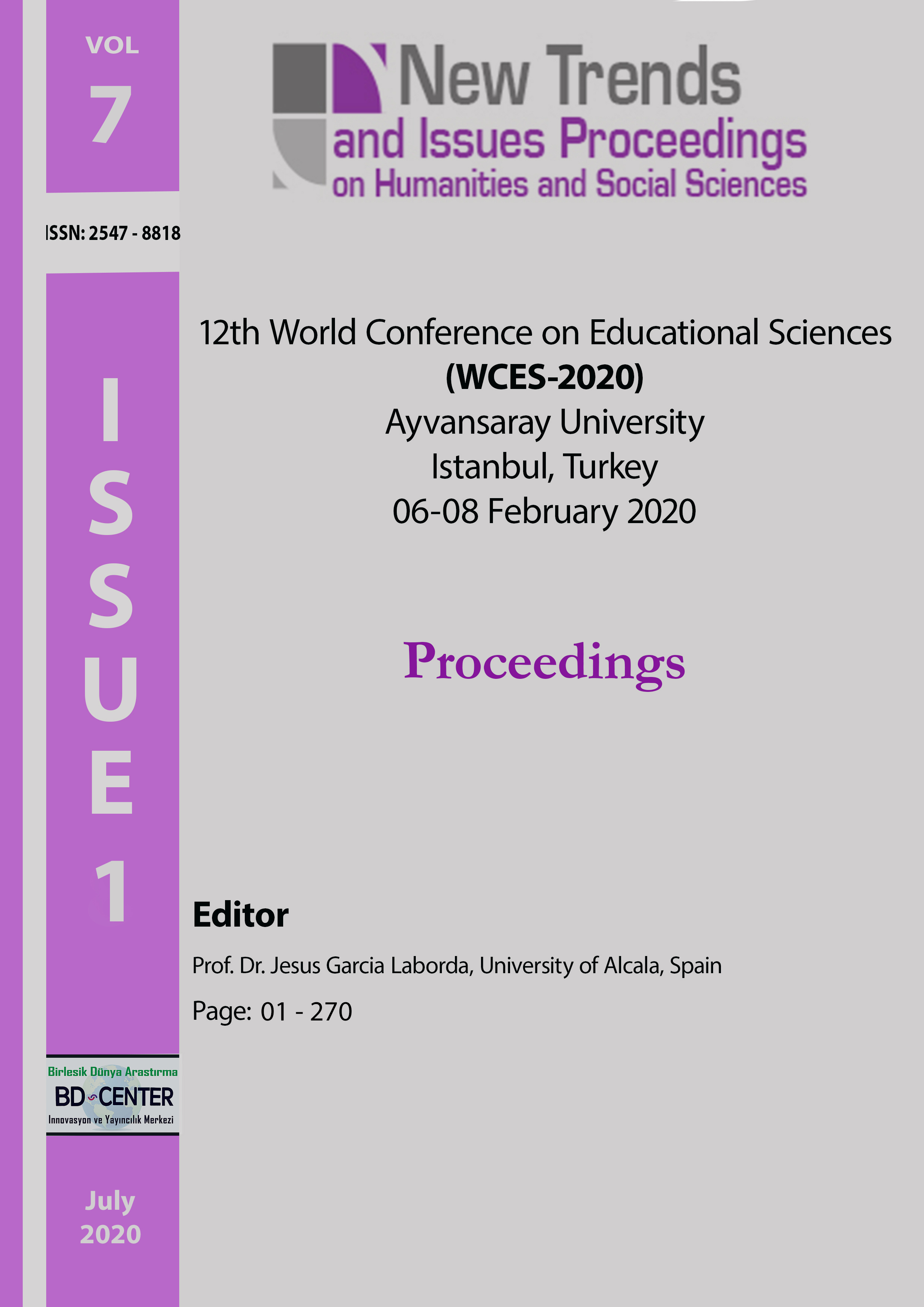Effects of sound-to-spelling friends and enemies in children’s auditory rhyme decisions
Main Article Content
Abstract
An experiment is reported, conducted on children of 9 and 11 years of age, that examined the possible effect of the relative number of sound-to-spelling friends and enemies the first word of a rhyming pair has on performance in the auditory rhyme judgment task. Friends are rhyming words with the same spelling of the rime (e.g., stream-dream and scheme-theme) and enemies are rhyming words with dissimilar spellings of the rimes (e.g., stream-theme and scheme-dream). It was predicted, following the Loosemore, Brown & Watson (1991) connectionist model of spelling, that the first word presented should activate the representations of its friends and inhibit the representations of its enemies and so the orthographic facilitation effect should be larger for those cases where the first word a rhyming pair has more friends than more enemies. The experiment reported in this paper found precisely the opposite pattern of results: the orthographic facilitation effect was only reliable for those cases when the first word had more enemies than friends. So it would appear to be the case that the degree of the activation of friends and the inhibition of enemies varies according to how many words are friends and how many words are enemies.
Keywords: rhyme judgment task; friends and enemies; orthographic facilitation effect; children.
Downloads
Article Details

This work is licensed under a Creative Commons Attribution 4.0 International License.
Authors who publish with this journal agree to the following terms:- Authors retain copyright and grant the journal right of first publication with the work simultaneously licensed under a Creative Commons Attribution License that allows others to share the work with an acknowledgement of the work's authorship and initial publication in this journal.
- Authors are able to enter into separate, additional contractual arrangements for the non-exclusive distribution of the journal's published version of the work (e.g., post it to an institutional repository or publish it in a book), with an acknowledgement of its initial publication in this journal.
- Authors are permitted and encouraged to post their work online (e.g., in institutional repositories or on their website) prior to and during the submission process, as it can lead to productive exchanges, as well as earlier and greater citation of published work (See The Effect of Open Access).
